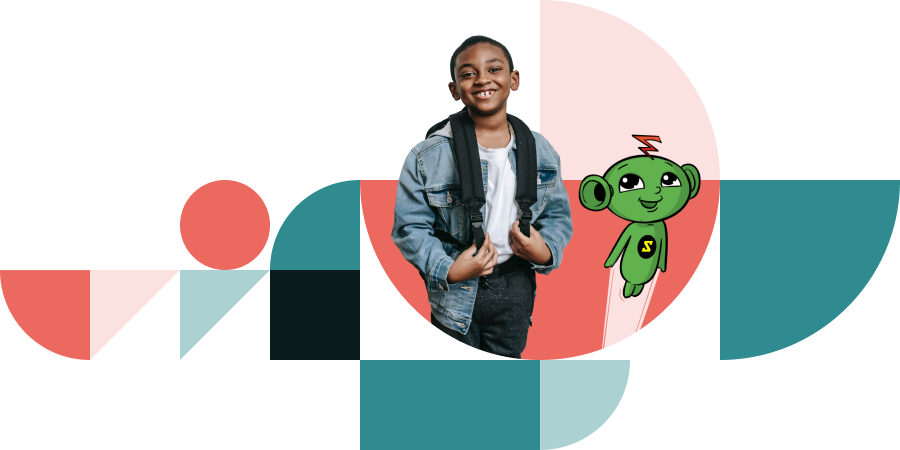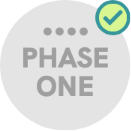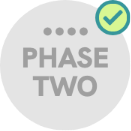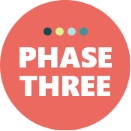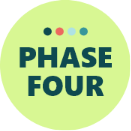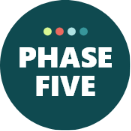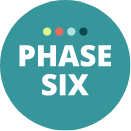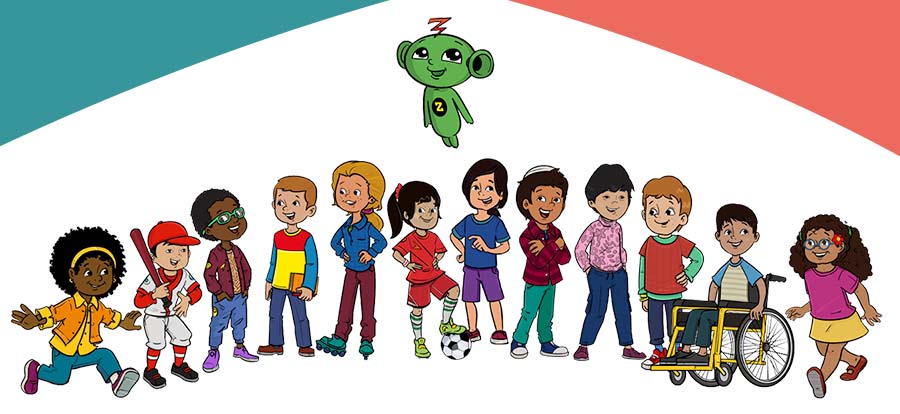265 schools honored for strengthening social-emotional health & learning and cultivating staff well-being in 2022
(San Diego, CA), October 12, 2022 – Alliance for a Healthier Generation, with support from Harmony SEL at nonprofit National University and Kaiser Permanente, today recognized 265 schools for implementing best practices around social-emotional health and staff well-being as part of its 2022 America’s Healthiest Schools program. The Staff Well-Being and Social-Emotional Health & Learning distinctions celebrate schools for creating environments where staff can thrive, and students are healthy and ready to learn. One hundred and ninety-five schools met the criteria for Cultivating Staff Well-Being and 176 for Strengthening Social-Emotional Health & Learning. In total, 406 schools across 26 states were recognized for achievements in advancing the physical, mental, and social-emotional health of students, staff, and families.
This year, the award program was expanded to meet schools and districts where they are, celebrating excellence amid ongoing challenges related to the COVID-19 pandemic and systemic inequities, especially for individuals that identify as Black, Indigenous, and/or People of Color (BIPOC) and youth from under-resourced communities. Nearly 75% of the awardees are Title I schools, and nearly two-thirds serve majority BIPOC students.
“Social-emotional learning is the cornerstone of navigating often uncertain circumstances brought on by traumatic events of the past few years,” said Kathy Higgins, chief executive officer at Healthier Generation. “These schools exemplify how students and staff have worked together to build trusting relationships, foundational to school-wide resiliency and well-being for years to come.”
Developed and perfected by classroom teachers, the Harmony SEL program helps youth learn to develop and improve interpersonal skills in areas such as communication, cooperation, and conflict resolution. Harmony SEL is already in various stages of adoption nationwide reaching more than 13 million young people.
“National University is proud to co-sponsor the Social and Emotional Health and Learning and the Staff Well-Being Distinctions of America’s Healthiest School Awards through Healthier Generation alongside Kaiser Permanente,” said National University President Dr. Mark D. Milliron. “We offer our sincerest congratulations to all of the winners and applaud their dedication to fostering healthy learning environments for students and educators.”
“The health of our nation’s schools requires everyone in the school community — students, staff, and teachers— to be supported in all areas of their health and well-being,” said Annie Reed, DrPH, MPP, executive director for Kaiser Permanente Thriving Schools & Communities. “We congratulate and celebrate these schools for leading the way and demonstrating what healthy schools can look like.”
Schools can be recognized for implementing best practices in up to nine topic areas, based on criteria in the Thriving Schools Integrated Assessment:
- Strengthening Social-Emotional Health and Learning, presented in collaboration with Kaiser Permanente and Harmony SEL at National University
- Cultivating Staff Well-Being, presented in collaboration with Kaiser Permanente and Harmony SEL at National University
- Increasing Family and Community Engagement, presented in collaboration with Kohl’s
- Improving Nutrition and Food Access
- Implementing Local School Wellness Policy
- Bolstering Physical Education and Activity
- Enriching Health Education
- Promoting Tobacco-Free Schools
- Supporting School Health Services
Eleven schools that earned recognition in all nine topic areas received an All-Star distinction.
Harmony SEL is one of the nation’s fastest-growing social emotional learning programs and America’s Healthiest Schools remains one of the country’s longest-running nationwide recognition programs honoring schools for achievements in supporting the whole health needs of students and school staff. The combined impact of these programs reaches millions of students to create positive environments that foster healthier living and learning outcomes.
View the complete list of Social-Emotional Health & Learning winners at HealthierGeneration.org/HealthiestSchools/SEH.
View the complete list of Staff Well-Being winners at HealthierGeneration.org/HealthiestSchools/SWB.
View the complete list of America’s Healthiest Schools at HealthierGeneration.org/HealthiestSchools.
About Harmony SEL: Harmony SEL is an affiliate program of the National University System. These no-cost programs strive to ensure that every student feels part of a safe, supportive learning community and that every teacher and provider is equipped to create inclusive and engaging learning opportunities. By offering SEL skill development experiences across contexts through relationship-driven activities, Harmony helps young people build and sustain relationships, giving them tools to grow into compassionate and caring adults. Harmony has been recognized as a CASELect program by the Collaborative for Academic, Social, and Emotional Learning (CASEL). Learn more about Harmony at harmonysel.org and learn about Inspire at inspiresel.org.
About Alliance for a Healthier Generation
Alliance for a Healthier Generation is a leading children’s health organization that advances equitable whole child health. Driven by our passion to ensure that every mind, every body, and every young person is healthy and ready to succeed, our work has reached over 31 million young people across the country. To learn more and help make a difference, visit HealthierGeneration.org and join us on Facebook, Twitter, and Instagram.
About Kaiser Permanente
Kaiser Permanente is committed to helping shape the future of health care. We are recognized as one of America’s leading health care providers and not-for-profit health plans. Founded in 1945, Kaiser Permanente has a mission to provide high-quality, affordable health care services and to improve the health of our members and the communities we serve. We currently serve 12.2 million members in eight states and the District of Columbia. Care for members and patients is focused on their total health and guided by their personal Permanente Medical Group physicians, specialists and team of caregivers. Our expert and caring medical teams are empowered and supported by industry-leading technology advances and tools for health promotion, disease prevention, state-of-the-art care delivery and world-class chronic disease management. Kaiser Permanente is dedicated to care innovations, clinical research, health education and the support of community health.

 Presented by Dr. Jacqueline Sanderlin
Presented by Dr. Jacqueline Sanderlin Presented by Dr. Susan M. Green,
Presented by Dr. Susan M. Green,